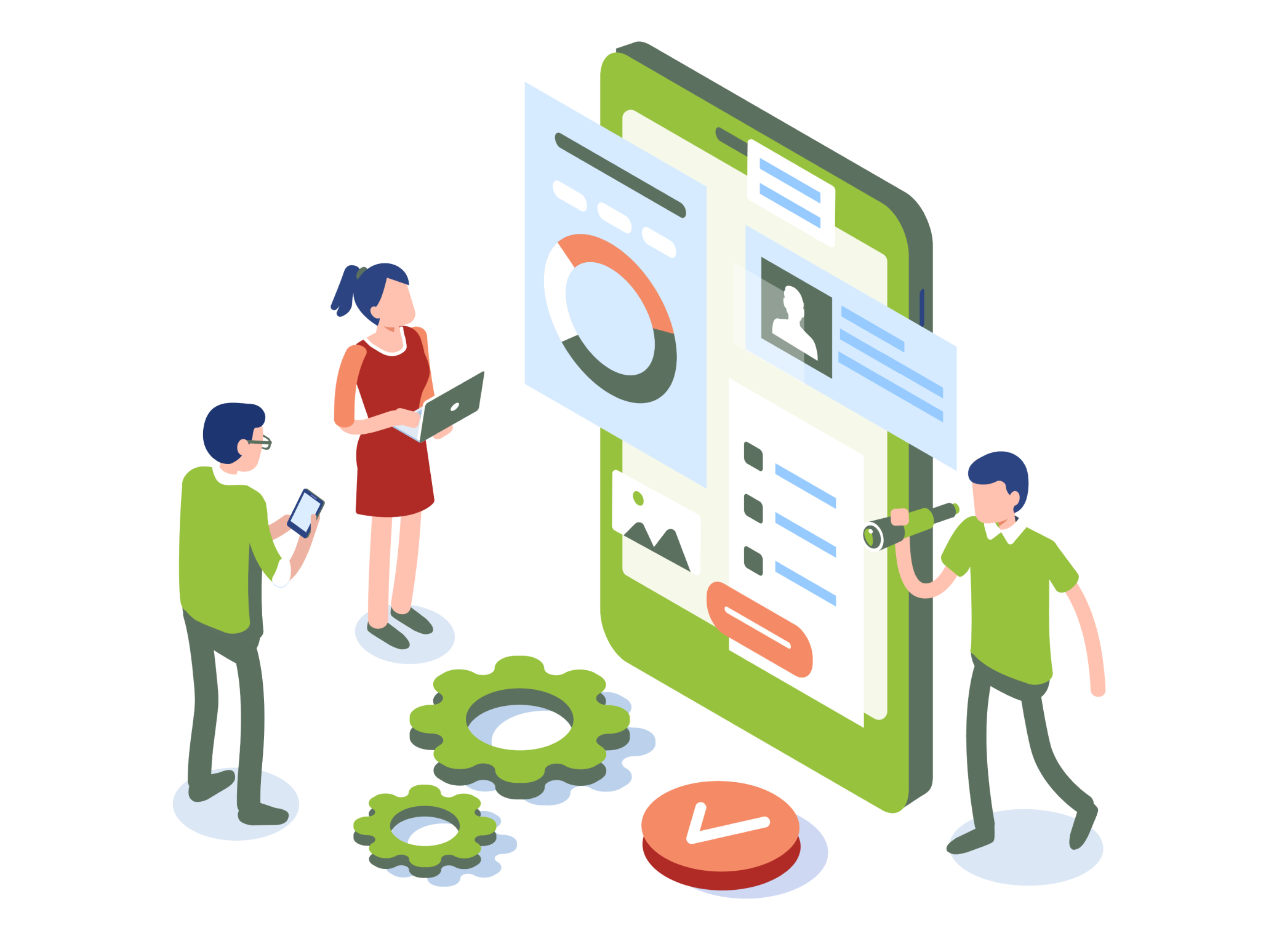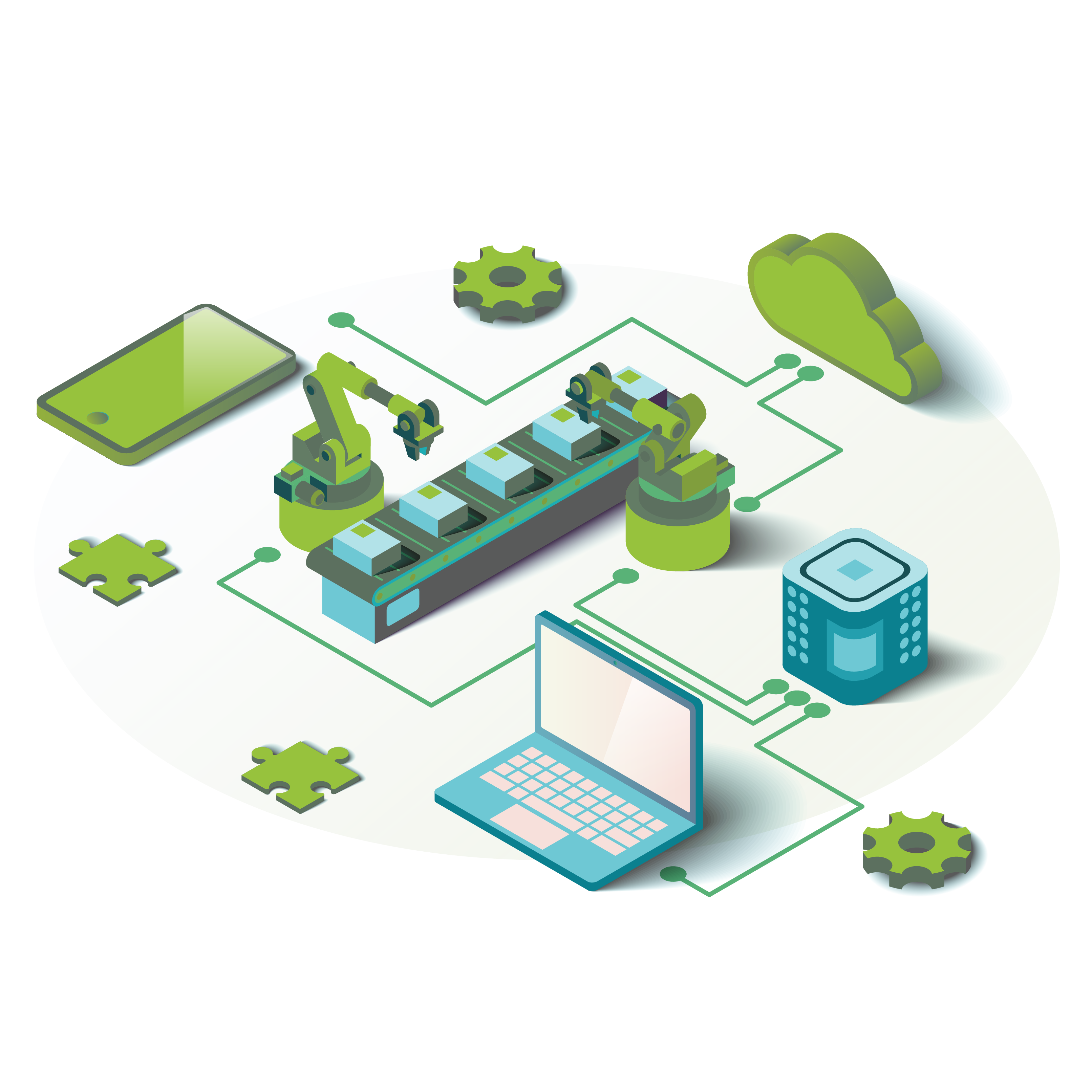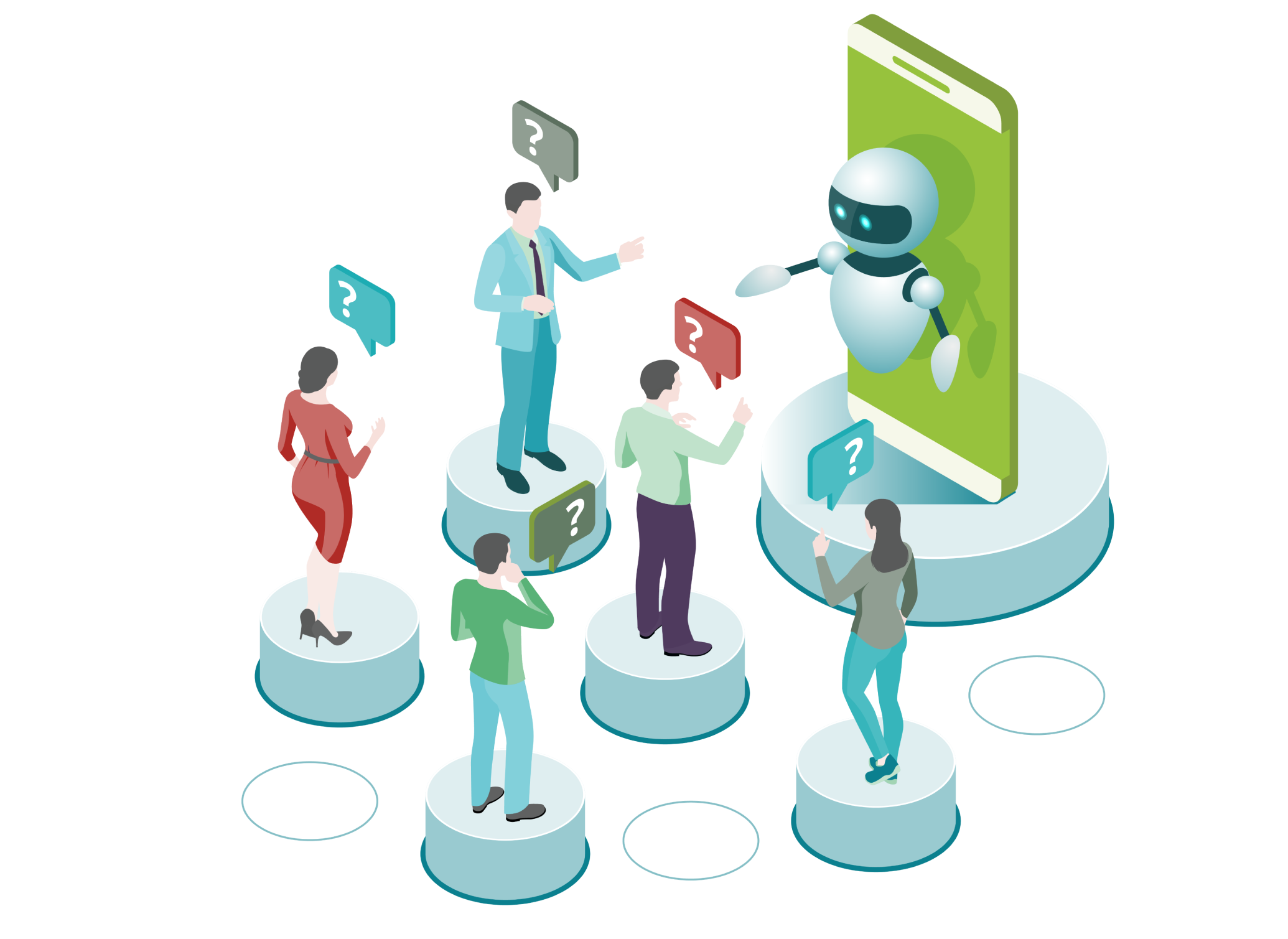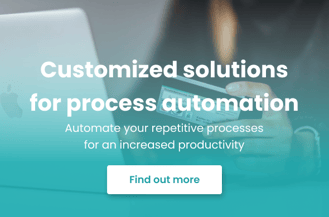The essential role of Robotic Process Automation (RPA) in Lean Management

- RPA
- ROBOTIC PROCESS AUTOMATION
Even if we live in a world where change is crucial for next-level developments, standardization is still necessary to save the customary quality of products or services. Lean management focuses on providing the highest quality of outputs with the lowest failure rate. It is precisely why RPA robots were made too. Combining these two approaches help companies to focus on quality tasks rather than repetitive.
Lean was originally a company organization and production concept, but it has become a quality element for process development over the years. Like many other successful quality development approaches, so lean management originates from Japan. Toyota implemented this new way of thinking in their production system (TPS) to maximize customer value with waste minimization. Indeed, Toyota Production System is known for its Just-In-Time system, where the main goal was to use the lowest amount of resources (i.e., inventory cost) to provide the highest value for customers. JIT made the fundamentals for lean systems.
|
|
Lean management is an organizational methodology where the company focuses on value-added processes. Lean aims to make the company cost-effective and more aware by emphasizing products and services to which the customer assigns a value. In this management form, companies create value by accomplishing more tasks over a shorter period with fewer resources. Value creation is the highest priority in the organization, meaning teams need to focus on processes that provide worth to the customer, who is willing to pay for it. |
|
Besides value creation, lean focuses on eliminating processes' faults as they threaten quality. Every organization has its fault in their system, lean management concentrates on finding these errors in the system and precedes them by standardizing specific tasks. Failures can be divided into three groups in the lean approach: muda, mura, muri, each meaning a particular type of quality threat for the company.
Muda-type losses are the "classical" losses (waste), elements of processes that require resources but do not create value for the company. These are defects, overproductions, waitings, non-utilizing talents, transportation, inventory and extra processing-related losses. Mura-type loss is the unevenness or variability in the system's operation. It is a result of both the design based on the so-called pushing principles and the lack of design. Such loss occurs when customer demand variability in the process is significantly unstable. Muri-type failures are overwork and strenuous work under unrealistic conditions (people and machine aspects).
|
|
Time and money are to most valuable items businesses focus on to reach their long-term goals, and it is no surprise that RPA was made to contribute to these purposes. Robotic Process Automation (RPA) focuses on automating repetitive processes based on rules to simultaneously imitate human interactions with different applications. RPA robots operate 24/7, eliminating the risk of error while employees can focus on value-added tasks. |
|
A greater efficiency rate is achieved by eliminating the risk of error. Repetitive human tasks traditionally cause faults because of boredom, deconcentration, distraction and unchallenging operational tasks. Even the most careful employee will make a mistake that might negatively impact their further work. RPA ensures error-free performance with higher satisfaction and ROI rates. It is precisely where RPA and lean management combine, where we merge technology and methodologies to eliminate failures and increase the quality of company outputs.
In the lean concept, we standardize every highly repetitive process enabling the organization to focus on value-added processes, where we create worth for the customer. Most administrative tasks fall into this category, we give these steps to RPA robots to process redundant processes faster without errors. The core benefits of RPA fit perfectly within Lean body of thought:
- Quality improvements
- Higher accuracy and consistency
- Eliminating faults
- Boosting productivity
- Focusing on valuable tasks
- Supporting change management
- Better control, decision-making processes
- Better resource utilizing
- Operational cost-effectiveness
When we talk about the Lean culture, Kaizen practices are integral; some organizations also use the terminology "Lean Kaizen". Kaizen is a Japanese term meaning change for the better or continuous improvement. Kaizen is highly connected with quality control, JIT, standardized work, and the elimination of waste, so Lean does. The philosophy says that the organization must continuously improve the quality of operations and enable their employees their continuous development. In this term, RPA shows a vital role in the modern Kaizen methodology by supporting innovation as a critical goal in Kaizen.
It is no doubt that RPA must be an integrated part of modern lean management processes as it improves clarity, guarantees quality, promotes productivity and boosts employee morale.
Share this post on social media:
Posts by Tag
- IoT (17)
- Smart cities (16)
- E-mobility (14)
- Energy Management (10)
- Mobility (9)
- Software development (9)
- Marketing automation (6)
- RPA (6)
- Robotic Process Automation (6)
- electric vehicles (6)
- Internet of Things (5)
- IoT solution (5)
- Marketing software (5)
- Smart Building (5)
- Business Intelligence (4)
- Custom applications (4)
- IoT platform (4)
- Uipath (4)
- electric charging (4)
- IoT devices (3)
- Properties (3)
- AI (2)
- BI (2)
- Montu (2)
- Multi-device functionality (2)
- Omnichannel (2)
- RPA Budapest (2)
- Smart city (2)
- UX design (2)
- app development (2)
- artificial intelligence (2)
- crm (2)
- crm software (2)
- electric charging station (2)
- machine learning (2)
- marketing campaign (2)
- optima (2)
- API Testing (1)
- Agriculture (1)
- Automated Testing (1)
- BYOD (1)
- EV (1)
- Energy Communities (1)
- Event insights (1)
- Event report (1)
- Green IoT (1)
- HR (1)
- IT Outsourcing (1)
- ML (1)
- Power BI (1)
- Resource Management (1)
- Smart Home (1)
- Smart Office (1)
- TaaS (1)
- UX/UI Design (1)
- Xamarin (1)
- cloud (1)
- cloud computing (1)
- cross-selling (1)
- data driven marketing (1)
- digital twin (1)
- dynamic customer segmentation (1)
- esg (1)
- inbound marketing (1)
- industry 4.0 (1)
- onprem (1)
- onpremise (1)
- scalability (1)
- software robot (1)
- testing as a service (1)
- upselling (1)
Recent Posts
Read On

- RPA
- UIPATH
- ROBOTIC PROCESS AUTOMATION
Which processes can be automated in banking and financial services?
The Banking and Financial industry, due to technological advancements, is continuously changing. The sector is under pressure to lower costs while companies need to provide the highest quality services to their clients to remain competitive on the market. Robotic Process Automation (RPA) is a...

- RPA
- SOFTWARE ROBOT
- RPA BUDAPEST
- UIPATH
- ROBOTIC PROCESS AUTOMATION
About Robotic Process Automation (RPA)
Easier than you think...
Robots are widely used in the software industry and are used for the same purpose as in the manufacturing industry: to free people from repetitive monotonous tasks while increasing efficiency and reducing errors.

- RPA
- RPA BUDAPEST
- UIPATH
- ROBOTIC PROCESS AUTOMATION
Why is it worth using Robotic Process Automation (RPA)?
We’ve already mentioned that process automation became an essential part of businesses to maintain or increase competitiveness on the market. Robots are widely implemented in different kind of industries - such as Automotive, Finance, Banking, Manufacturing, Retail, Healthcare and so much more - to...




